Category: 7. Science
-
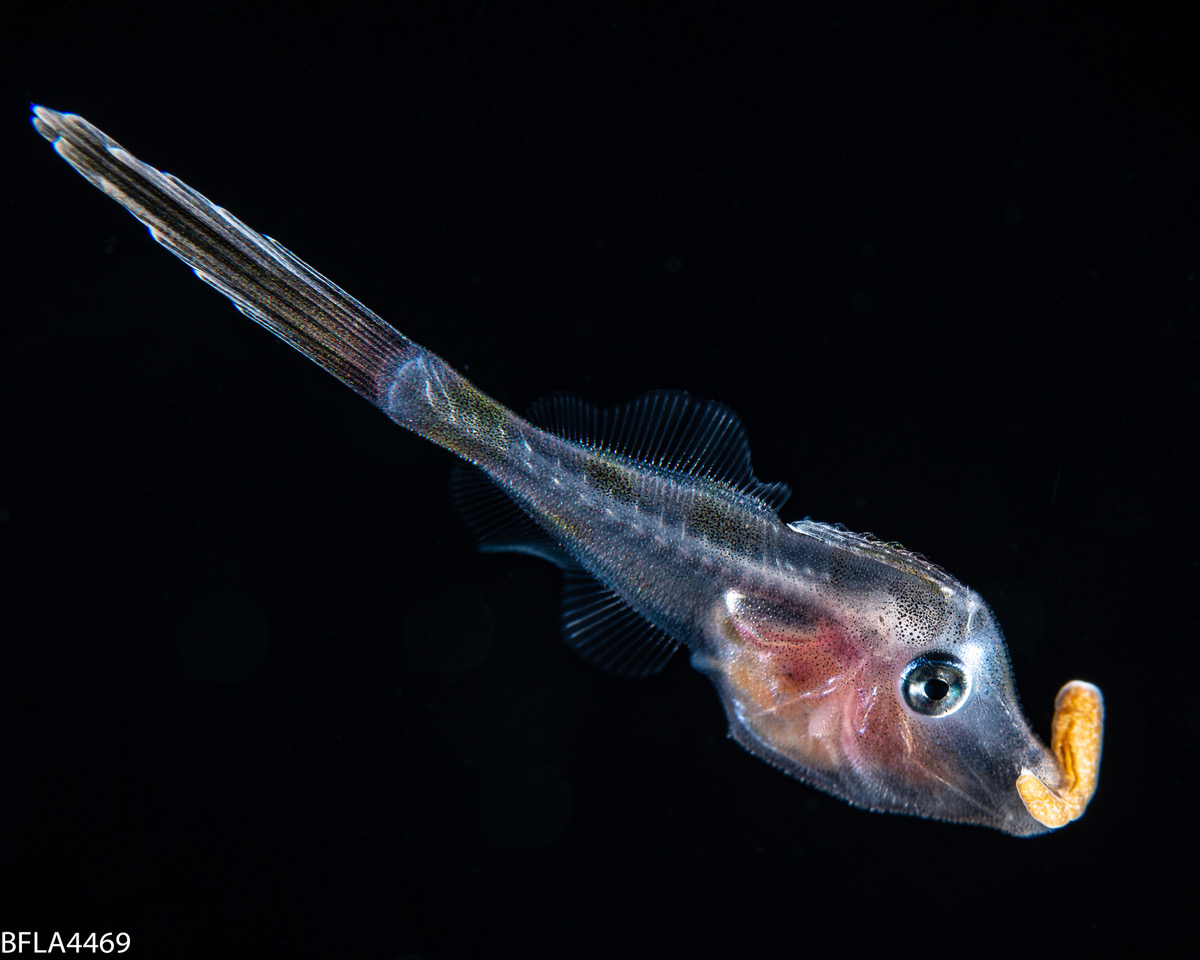
Blackwater photography reveals new fish-anemone interactions
This is a juvenile orange filefish (Aluterus schopfii) swimming while holding a Palythoa polyp larva in its mouth. The fish was about 0.8 inches (20 mm) long. Co-author Rich Collins took this photo in waters off Palm Beach, Florida. It’s one of… -
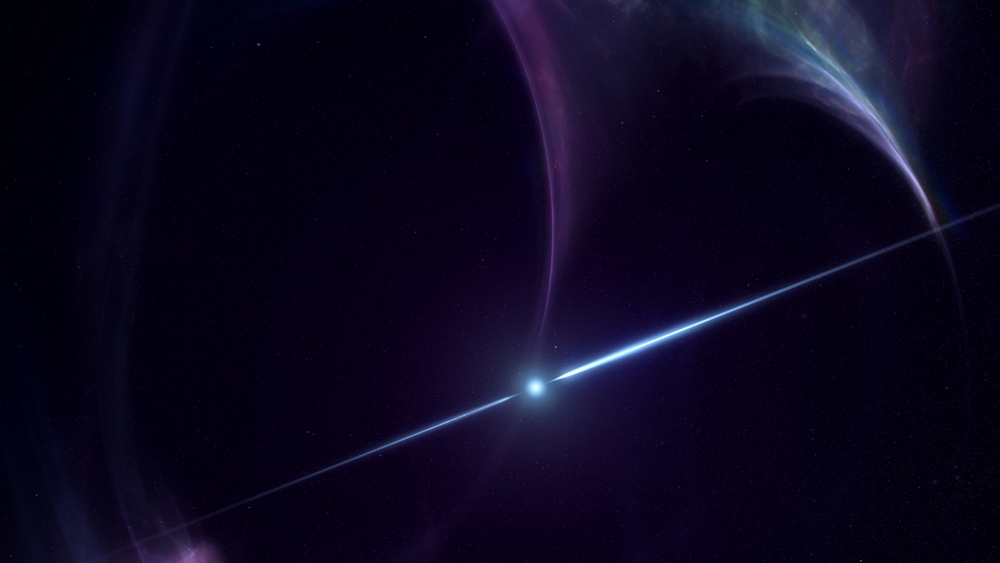
Can we hear the ‘beats’ of gravitational waves in pulsars?
Researchers from Hirosaki University have discovered that signals from pulsars suggest that ultra-low-frequency gravitational waves are rippling through the cosmos.
The signal seen by international pulsar timing array collaborations in 2023 could…
Continue Reading
-
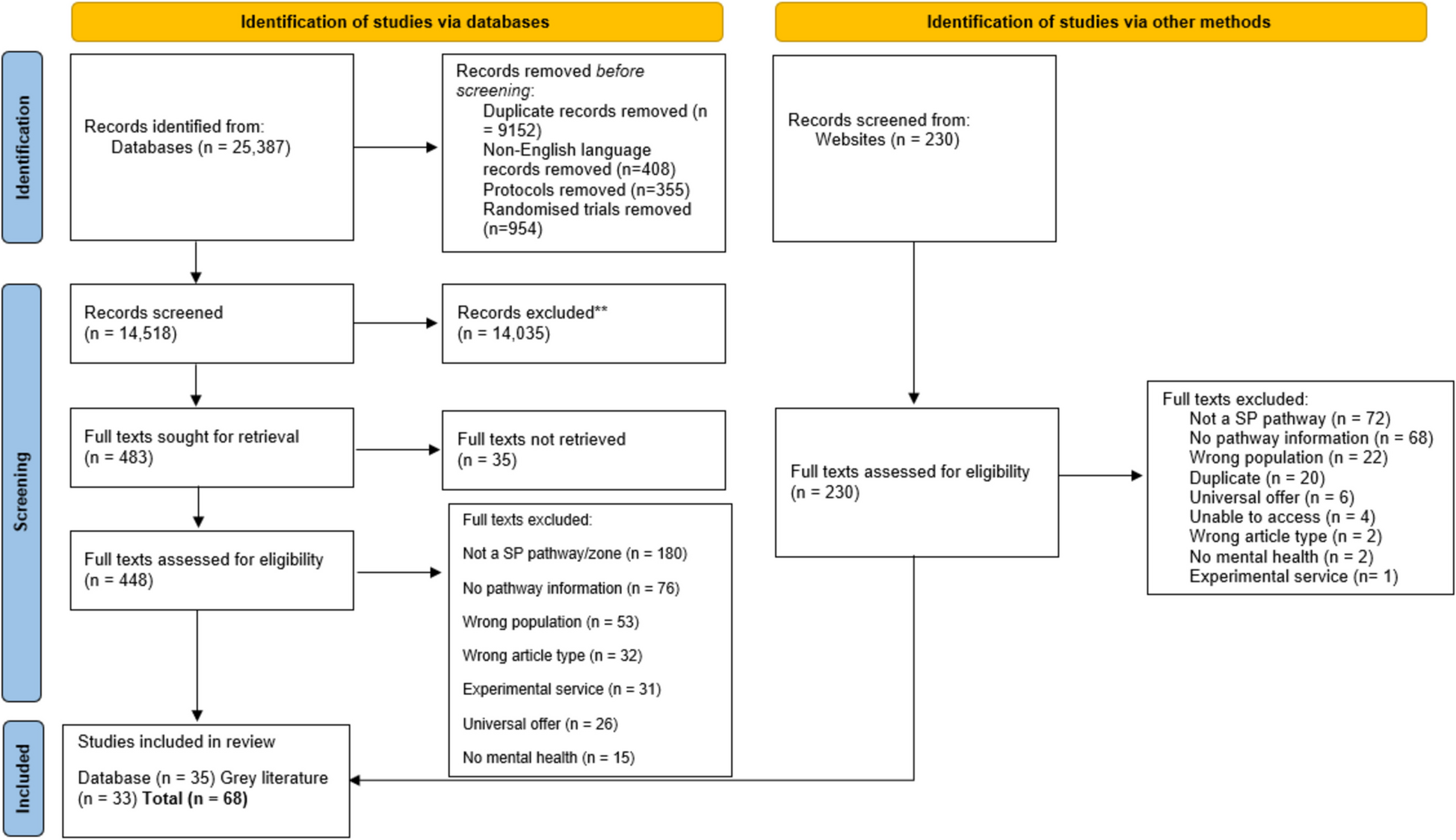
The use of social prescribing and community-based wellbeing activities as a potential prevention and early intervention pathway to improve adolescent emotional and social development: a systematic mapping review | BMC Public Health
We identified 14,518 unique hits through electronic database searches, and an additional 230 through grey literature searches. Following exclusions at title/abstract and full text stage, a total of 35 articles from the database searches and 33…
Continue Reading
-
Elon Musk’s Starship Rocket Is About to Get a Massive Upgrade – Inc.com
- Elon Musk’s Starship Rocket Is About to Get a Massive Upgrade Inc.com
- What time is SpaceX’s Starship Flight 11 launch today? Space
- SpaceX’s megarocket finds redemption after explosive failures. But time may be running out CNN
- SpaceX launches…
Continue Reading
-
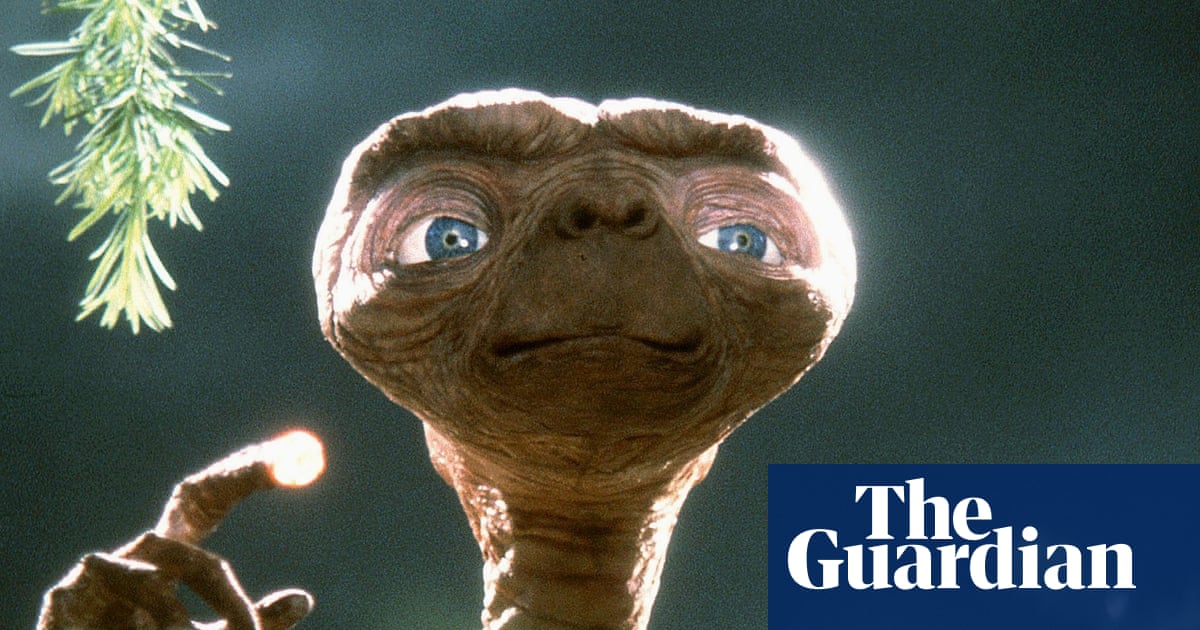
‘Bored aliens’: has intelligent life stopped bothering trying to contact Earth? | Science
For centuries, great thinkers have pondered why, given the hundreds of billions of planets in the galaxy, we have seen no compelling signs of intelligent life beyond Earth.
Now, scientists are mulling an intriguing possibility: if aliens exist,…
Continue Reading
-
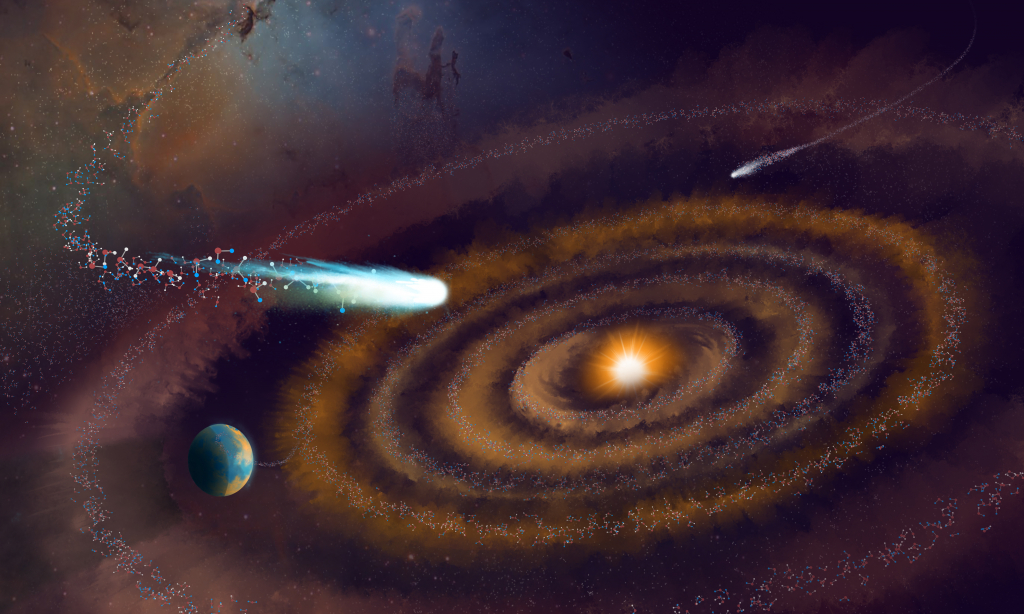
First-ever Detection of “Heavy Water” in a Planet-forming Disk
The discovery of ancient water in a planet-forming disk reveals that some of the water found in comets—and maybe even Earth—is older than the disk’s star itself, offering breakthrough insights into the history of water in our Solar…
Continue Reading
-
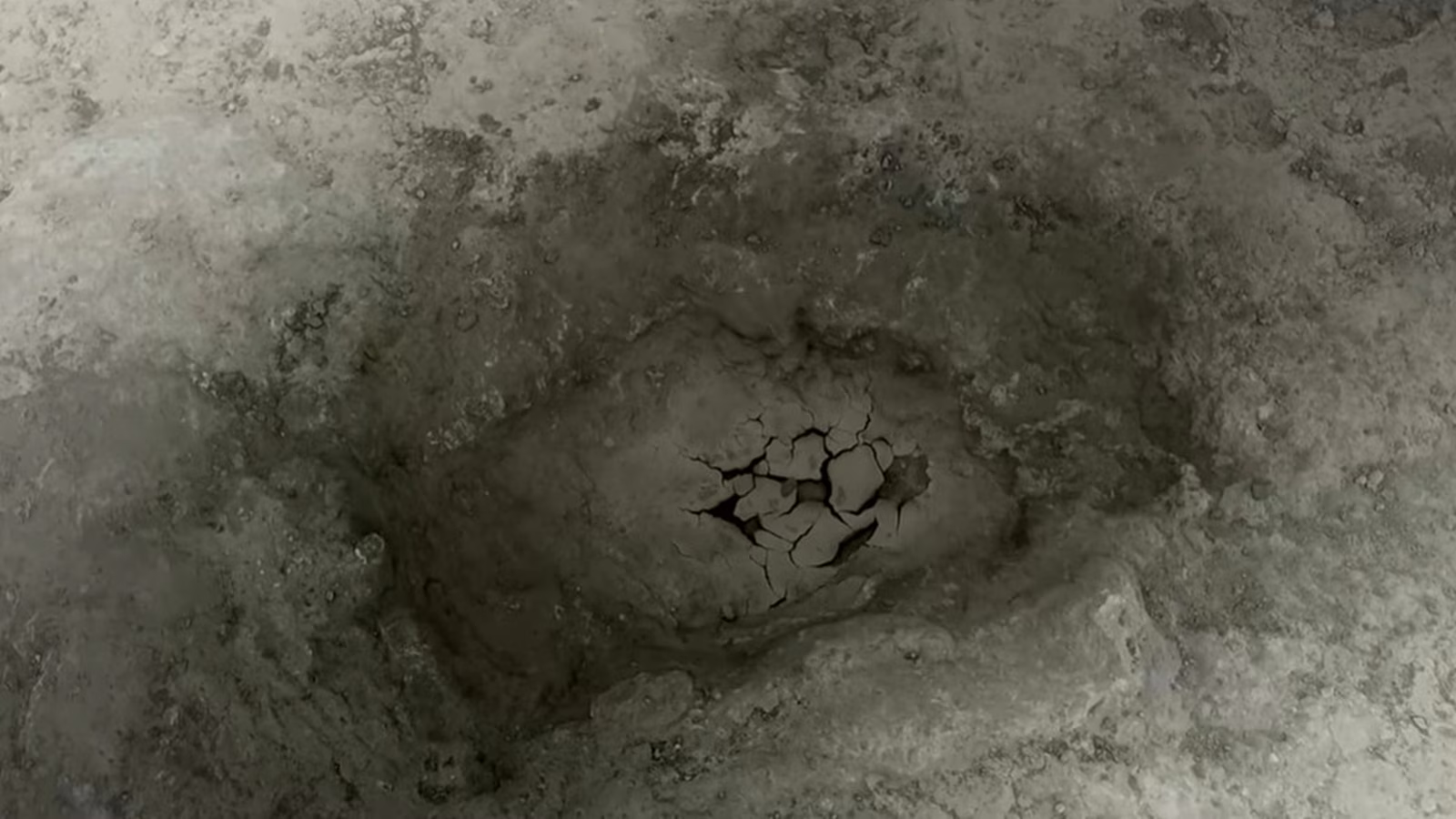
‘Insanely big footprints’ reveal superhighway trailed by dinosaurs in UK | World News
‘Insanely big footprints’ reveal superhighway trailed by dinosaurs in UK | World News – The Indian Express
Continue Reading
-

Building Information | AZoBuild.com – Page not found
Terms
While we only use edited and approved content for Azthena
answers, it may on occasions provide incorrect responses.
Please confirm any data provided with the related suppliers or
…Continue Reading
-
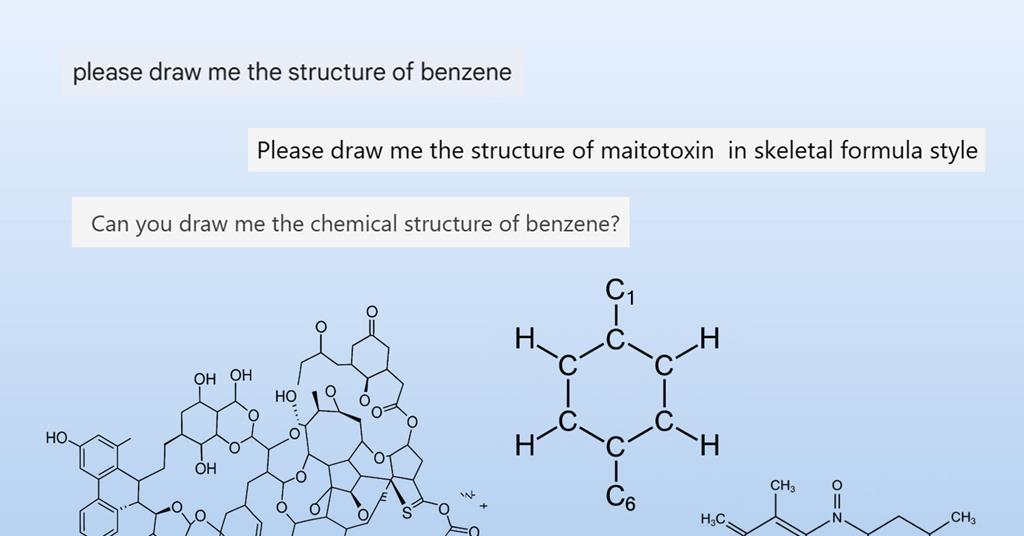
Chemists call for ban on AI-generated molecular structures due to serious errors in chemical representations
Two chemists are warning that using generative artificial intelligence (GAI) to produce chemistry-related images, such as molecular structures, is leading to serious errors and could end up damaging the education of the next generation of…
Continue Reading
-
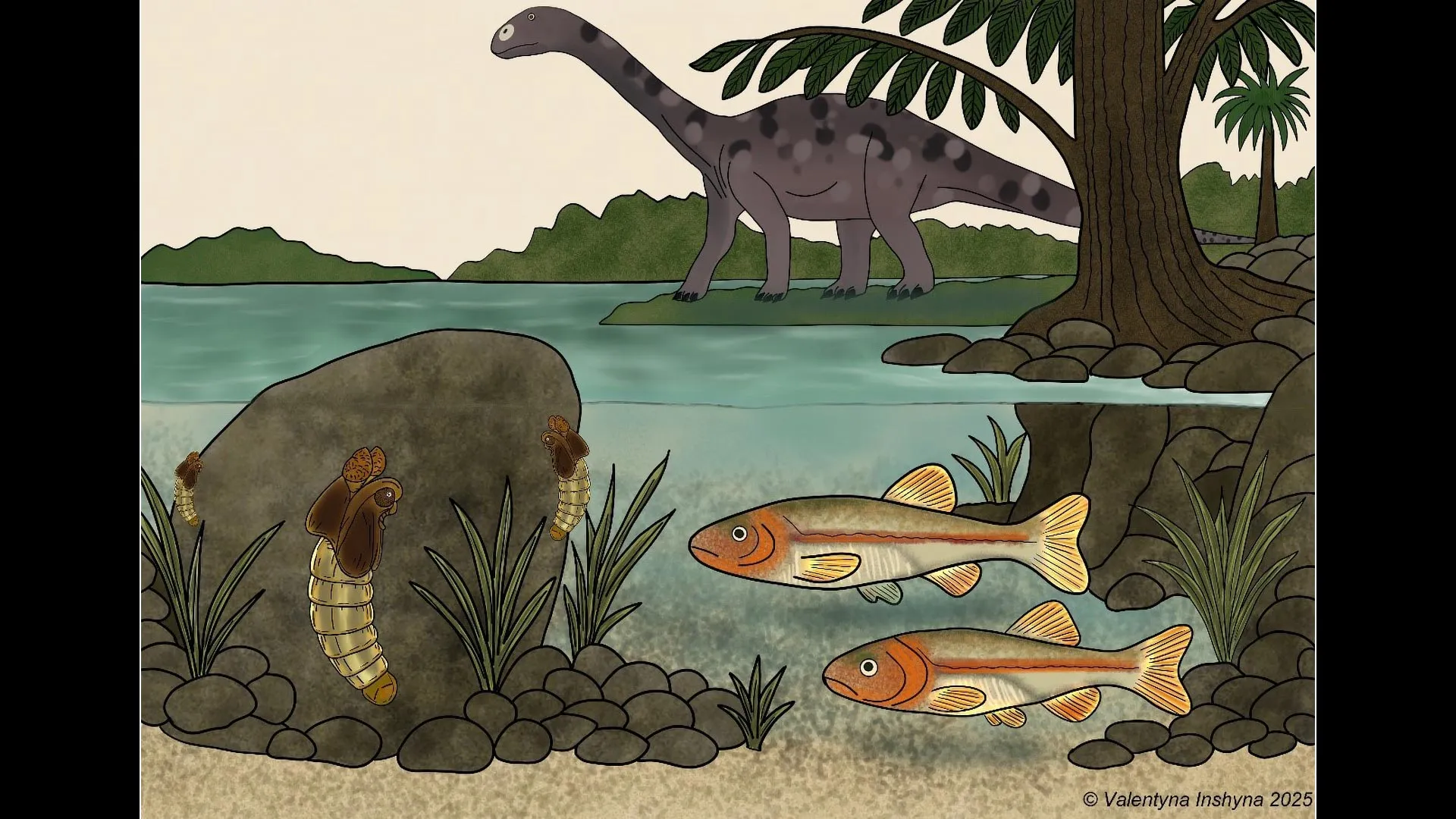
A 151-million-year-old fly just changed what we know about evolution
An international group of researchers led by the Doñana Biological Station (EBD-CSIC) has identified a previously unknown species of fossilized insect from the Jurassic period in Australia, estimated to be about 151 million years old. This…
Continue Reading